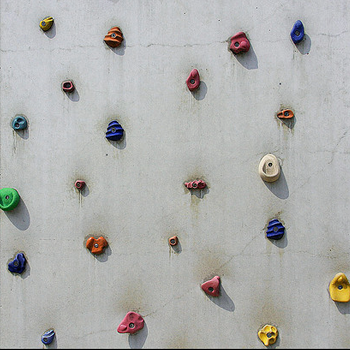The number of bacteria in a culture grew from 275 to 1135 in three hours. How do you find the number of bacteria after 7 hours?
1 Answer
Explanation:
Bacteria undergo asexual reproduction at an exponential rate. We model this behavior using the exponential growth function.
Where
#"y("t") = value at time ("t")"# #A_("o") = "original value"# #"e = Euler's number 2.718"# #"k = rate of growth"# #"t = time elapsed"#
You are told that a culture of bacteria grew from
-
#color(blue)[A_("o")# =#color(red)[275]# -
#color(blue)["y"("t")]# =#color(red)["1135"]# , and -
#color(blue)"t"# =#color(red)["3 hours"]#
Let's plug all this into our function.
We can work with what we have above because we know every value except for the
-
#color(red)1135 = (color(red)275)*e^(k*color(red)3)# -
#stackrel"4.13"cancel[((1135))/((275))] = cancel[(275)/(275)]e^(k*3)# -
#4.13 = e^(k*3)# -
#color(white)(a)_(ln)4.13 = color(white)(a)_cancel(ln)(cancele^(k*3))# -
#1.42 = k*3# -
#stackrel"0.47"cancel[((1.42))/((3))] = k*cancel[(3)/(3)# -
#0.47 = k#
Why did we figure all this out? Didn't the question ask to solve for the number of bacteria after
The simple answer is that we needed to figure out the
So, the bacteria colony will grow to

